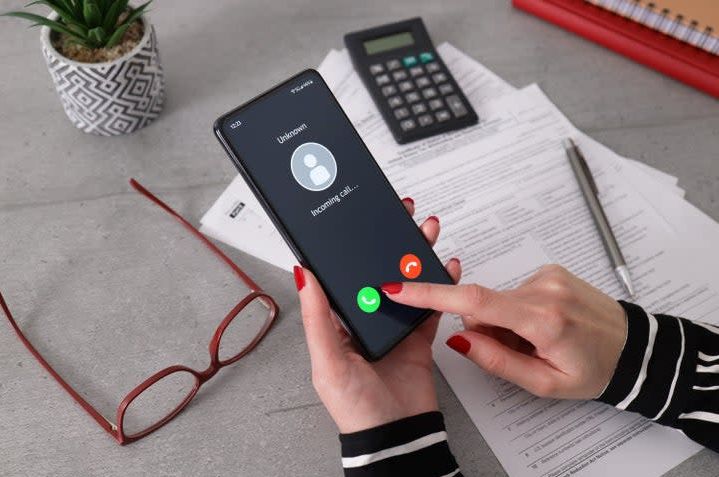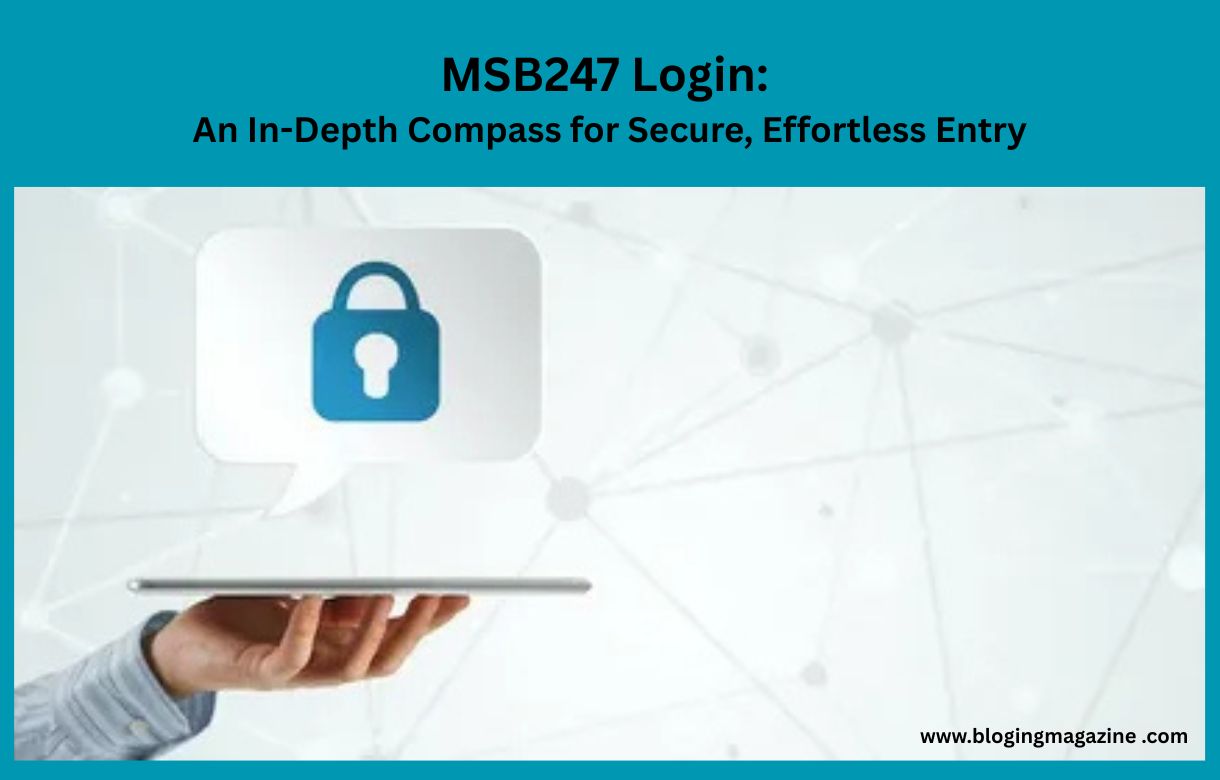If you recently received a call from 210-216-1521, you might be wondering who it is and why they are calling. Unknown calls can raise concerns, especially if you are not expecting a call. This article will help you understand what such calls might mean and how to handle them.
Table of Contents
ToggleIs It a Personal Call?
The first thing to consider is whether the number could belong to someone you know. Area code 210 is primarily associated with San Antonio, Texas, and nearby areas. If you have friends, family, or acquaintances in this region, the call could be from them. However, if you do not recognize the number or have no connections to this area, it might be a different situation.
Could It Be a Business or Service?
Many businesses and service providers use local numbers to contact customers. If you have recently interacted with a company based in or operating near San Antonio, the call might be from them. Businesses often use local numbers for customer service, delivery updates, or appointment reminders.
To verify this, consider if you have recently:
- Scheduled a service appointment.
- Ordered a product that might be delivered.
- Received emails or messages from a business in that area.
Is It a Spam or Robocalls?
In today’s world, many unsolicited calls come from telemarketers, scammers, or automated systems. The number 210-216-1521 might belong to a telemarketer trying to sell a product or service. It could also be a scam call designed to trick you into providing personal information or making a payment.
Here are some common signs of spam or scam calls:
- The caller claims you won a prize or lottery but asks for payment or personal information.
- The caller pressures you to act quickly, such as making a payment or providing sensitive details.
- The call is silent for a few seconds before a recorded message or a live person begins speaking.
- The caller claims to be from a government agency or large company but does not provide verifiable details.
Should You Answer the Call?
Deciding whether to answer depends on your situation. If you are not expecting a call and do not recognize the number, it may be safer to let it go to voicemail. Mostly genuine callers leave a message and explain the purpose of their call.
If you choose to answer, keep these tips in mind:
- Avoid sharing personal or financial information.
- Do not respond to suspicious questions, such as those asking for your Social Security number or bank details.
- Be cautious of any offer or request that seems too good to be true or unusual.
What Should You Do If You Missed the Call?
If you missed the call from 210-216-1521, check if the caller left a voicemail. Many legitimate callers will leave a clear message stating their name, organization, and reason for calling. You can use this information to decide whether to return the call.
If no voicemail was left, you can:
Search for the number online to see if others have reported it as spam or scam.
You can use a reverse phone lookup service to recognize and trap the caller.
Block the number if you suspect it is spam.
How to Block Unwanted Calls
If you suspect the call was spam or from an unwanted source, you can block the number. Here’s a procedure how you can block a number on different devices:
iPhone:
Open the Phone app.
Go to the Recent Calls list.
Find the number and tap the “i” icon.
Scroll down and select “Block this Caller.”
Android:
Open the Phone app.
Go to the Call Log.
Press the number, and then select the option of “Block” or “Block/report spam.”
Blocking prevents future calls from the number, but it does not stop new numbers from contacting you.
Report Suspicious Calls
If you believe the call from 210-216-1521 was a scam, consider reporting it. It is important to Report as it helps authorities track fraudulent activities. This will help to prevent others from falling victim. When you report these calls, you contribute to making it harder for scammers to operate and protect others from potential fraud. Below are the steps and resources for reporting such calls:
Federal Trade Commission (FTC):
The FTC investigates and takes action against deceptive practices. You can register your complaint online at https://www.ftccomplaintassistant.gov. Provide as much detail as possible about the call, such as the caller’s claims, phone number, and any other relevant information.
Federal Communications Commission (FCC):
The FCC addresses issues related to unwanted calls, including robocalls and telemarketing violations. Report your complaint at https://consumercomplaints.fcc.gov. Include details about the call’s timing, content, and impact.
Your phone carrier:
Many carriers offer spam reporting features directly through their apps or services. For example, you might be able to report spam calls by dialing a specific code or using an option in your phone’s call history. Check with your carrier for exact instructions.
Taking these actions helps authorities and organizations gather data on fraudulent activities, enabling them to implement stronger measures against scams.
You can also explore AI Tools in our post in the Technology Section.
Stay Safe with Unknown Numbers
To protect yourself from unwanted or fraudulent calls, follow these general tips:
Do not answer unknown numbers: If you receive a call from an unrecognized number, it’s safer to let it go to voicemail. Legitimate callers typically leave a clear message.
Enable call-blocking features: Modern smartphones and phone carriers offer various tools to block or filter spam calls. Check your phone’s settings for features like “Silence Unknown Callers” or apps provided by your carrier.
Register with the National Do Not Call Registry: This registry is a free service that helps reduce telemarketing calls. Visit https://www.donotcall.gov to add your number. While it doesn’t stop all calls, it can significantly reduce unwanted ones.
Stay informed about scams: Educate yourself about common phone scams, such as those involving fake government agencies, lottery winnings, or urgent threats. Being aware of these tactics can help you recognize and avoid them.
Use third-party apps: Consider installing apps like Truecaller or Hiya to identify and block spam calls in real time. These apps maintain databases of known spam numbers and can warn you before you answer.
Report suspicious numbers: If you receive a scam call, report it to appropriate authorities like the FTC or your phone carrier. All this will help others to stay safe as well.
Conclusion
Receiving a call from 210-216-1521 can mean various things, from a legitimate contact to a potential scam. Understanding the nature of the call and taking appropriate steps can help you stay safe and avoid unnecessary stress. If you are unsure, it is always better to exercise caution and verify before responding.
FAQ's
1. Who is calling from 210-216-1521?
This number is associated with the San Antonio, Texas area. It could be a personal contact, a business, or a telemarketer/scammer.
2. Should I answer calls from this number?
- If you don’t recognize the number, it’s safer to let the call go to voicemail. Legitimate callers often leave a message explaining their purpose.
3. How do I know if the call is a scam?
- Signs of a scam include high-pressure tactics, requests for personal or financial information, and claims of winning prizes or lottery winnings.
4. What should I do if I missed the call?
- Check for a voicemail. If none was left, consider searching the number online or using a reverse phone lookup service to learn more.
5. How can I block or report this number?
Use your phone’s settings to block the number. You can also report suspicious calls to the Federal Trade Commission (FTC) or your local authority to help prevent fraud.





